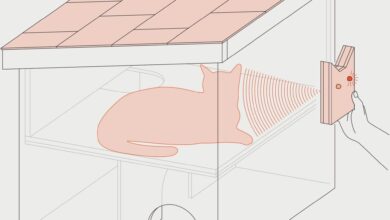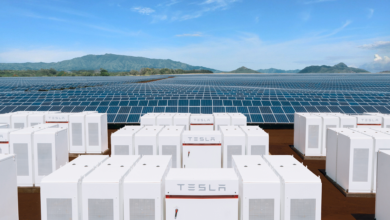IEEE’s Let’s Make Light Competition Returns to Tackle Illumination Gap

In economically advantaged countries, it’s hard to imagine a time when electric lighting wasn’t available in nearly every home, business, and public facility. But according to the World Economic Forum, the sun remains the primary light source for more than 1 billion people worldwide.
Known as light poverty, the lack of access to reliable, adequate, artificial light is experienced by many of the world’s poorest people. They rely on unsafe, inefficient lighting sources such as candles and kerosene lamps to perform tasks such as studying, cooking, working, and doing household chores after dusk.
Overcoming the stark contrast in living conditions is the focus of IEEE Smart Lighting’s Let’s Make Light competition.
Open to anyone 18 or older, the contest seeks innovative lighting technologies that can be affordable, accessible, and sustainable for people now living in extreme poverty.
The entry that best responds to the challenge—developing a lighting system that is reliable and grid-independent and can be locally manufactured and repaired—will be awarded a US $3,000 prize. The second prize is $2,000, and the third-place finisher receives $1,000.
The deadline for submissions is 1 November.
The contest’s origin
The Let’s Make Light competition was born out of a presentation on global lighting issues, including light poverty, given to IEEE Life Fellow John Nelson, then chair of IEEE Smart Village, and IEEE Fellow Georges Zissis, former chair of the IEEE Future Directions Committee.
Wanting to know more about light poverty, Nelson forwarded the presentation to Toby Cumberbatch, who has extensive experience in developing practical solutions for communities facing the issue. Cumberbatch, an IEEE senior member, is a professor emeritus of electrical engineering at the Cooper Union, in New York City. For years, he taught his first-year engineering students how to create technology to help underserved communities.
“A winning design has to be usable by people who don’t even know what an on-off switch is.” —Toby Cumberbatch
Cumberbatch’s candid response was that the ideas presented didn’t adequately address the needs of impoverished end users he and his students had been trying to help.
That led Zissis to create the Let’s Make Light competition in hopes that it would ignite a spark in the larger IEEE community to develop technologies that would truly serve those who need it most. He appointed Cumberbatch as co-chair of the competition committee.
Understanding the wealth gap
Last year’s entries highlighted a significant gap in understanding the factors behind light poverty, Cumberbatch says. The factors include limited electrical grid access and the inability to afford all but the most rudimentary products. Cumberbatch says he and his students have even encountered communities with nonmonetary economies.
Past entries have failed to address the core challenge of providing practical and user-friendly lighting solutions.
Reflecting on some recent submissions, Cumberbatch noted a fundamental disconnect. “The entries included charging stations for electric vehicles and proposals to use lasers to light streets,” he says. “A winning design has to be usable by people who don’t even know what an on-off switch is.”
To ensure this year’s contestants better address the problem, IEEE Future Directions released a video illustrating the realities of poverty and the essential qualities that a successful lighting solution must possess, such as being safe, clean, accessible, and affordable.
“With the right resources,” the video’s narrator says, “people living in these remote communities will create new and better ways to work and live their lives.”
For more details, visit the Let’s Make Light competition’s website.
IEEE Spectrum



